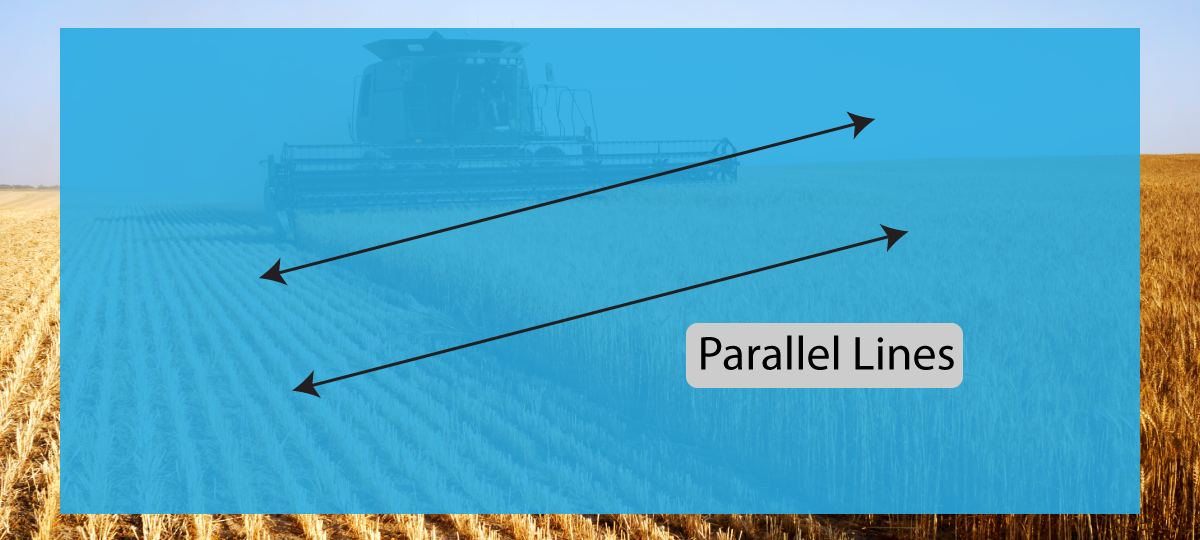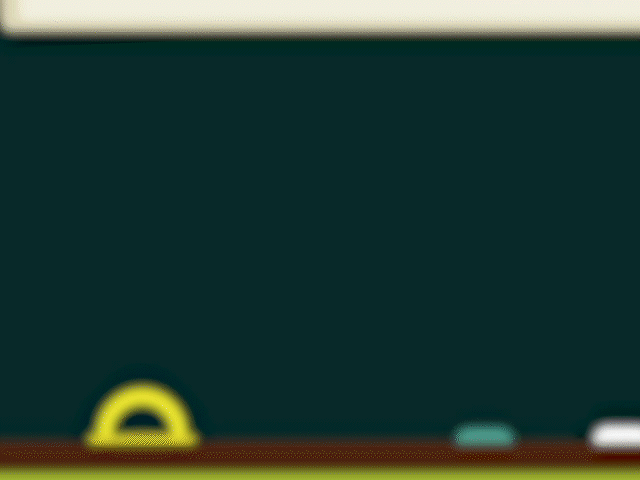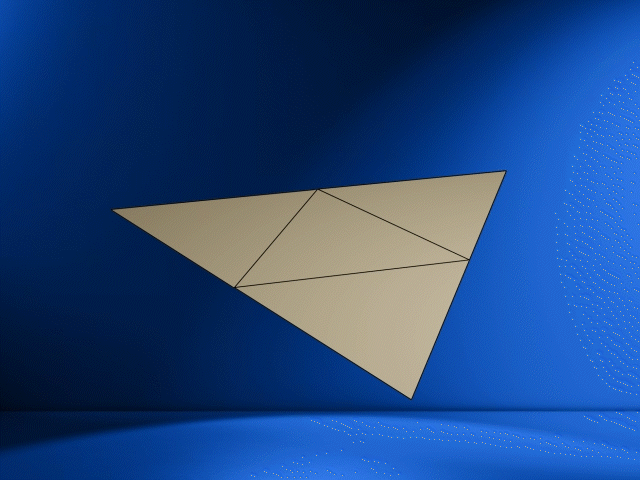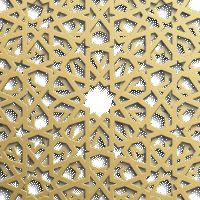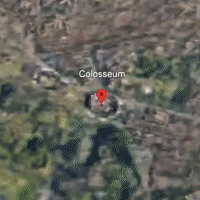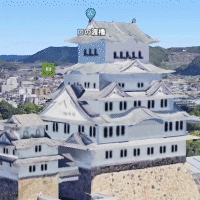Math Definitions Collection: 3D Geometry
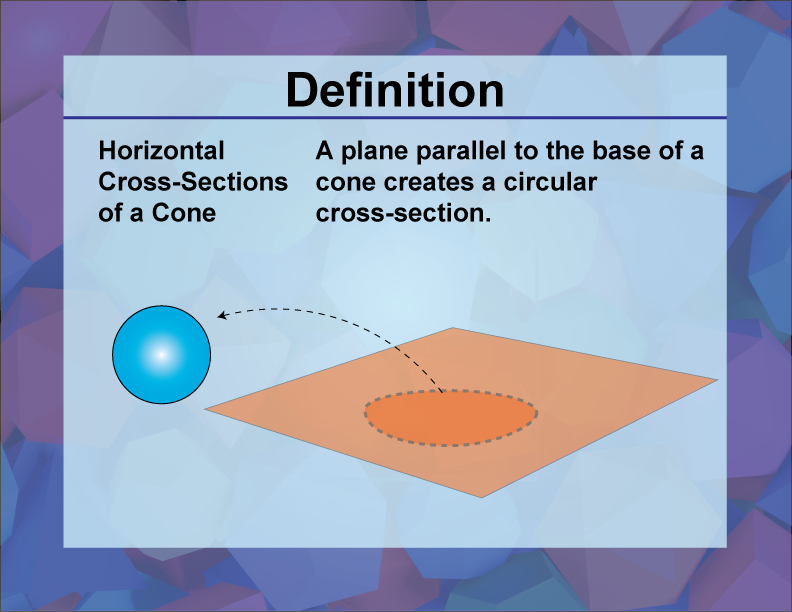 |
OverviewThis collection aggregates all the definition image cards around the topic of 3D Geometry vocabulary. There are a total of 41 terms. This collection of resources is made up of downloadable PNG files that you can easily incorporate into a presentation.
|
